Of all items on the exercise menu, the most often overlooked is probably cooling. It’s understandable: you’ve warmed up, done some strength work, and brought some to cardio. Follow all of this for more cooling exercises, no matter how easy or pleasant it may seem, it will be too much.
However, from lowering your heart rate to oxygenating your muscles, there are many reasons why you should devote a portion of your workout to cooling. If you don’t know where to start, try these eight exercises.
1. Light, low impact aerobic exercise
This is the easiest cooling. After exercise, do three to five minutes of low-intensity aerobic exercise, such as walking, boating or cycling.
If possible, try to avoid high-impact sports such as running or jogging: The impact can put stress on your joints, which tends to rewrite you rather than calm you down.
2. Yoga plex
https://www.youtube.com/watch?v=qwq2a4nu9cg
- Assuming push-up position: balls of hands and feet on the floor – both on the shoulders – straight from high heels to head crown.
- Keep your back flat, your arms and legs straight, assuming a downward dog posture lifting your hips. Keep taking two deep breaths.
- Step forward and place it on the floor on the right side of your right hand. The knees should be stacked above the ankles. If your hip mobility is limited, just grab the leg with your hands and extend it forward.
- Straighten your left leg, sink your hips to the floor as much as possible, and keep taking two deep breaths.
- Retreat to the downward dog. Keep taking two deep breaths.
- Repeat the sequence above, this time walking your left foot forward and taking a deep breath in each position. After both sides complete the entire series, return to the standing position and repeat, throughout the entire yoga plex (both sides), for a total of four to five times.
3. Bow and twist
- From the push-up position, step on the right foot forward and place it on the floor on the right side of the right hand (the right knee should be near the right shoulder).
- Straighten your left leg as much as possible and keep it there throughout the movement. Contract the right hip muscles.
- Touch something on the floor near your left hip with your right hand.
- Extend your right hand upwards, stretch backwards, and extend your fingertips toward the ceiling. Pull the right shoulder blade towards the spine.
- Perform 10 repetitions, switch sides and repeat.
4. Static stretching
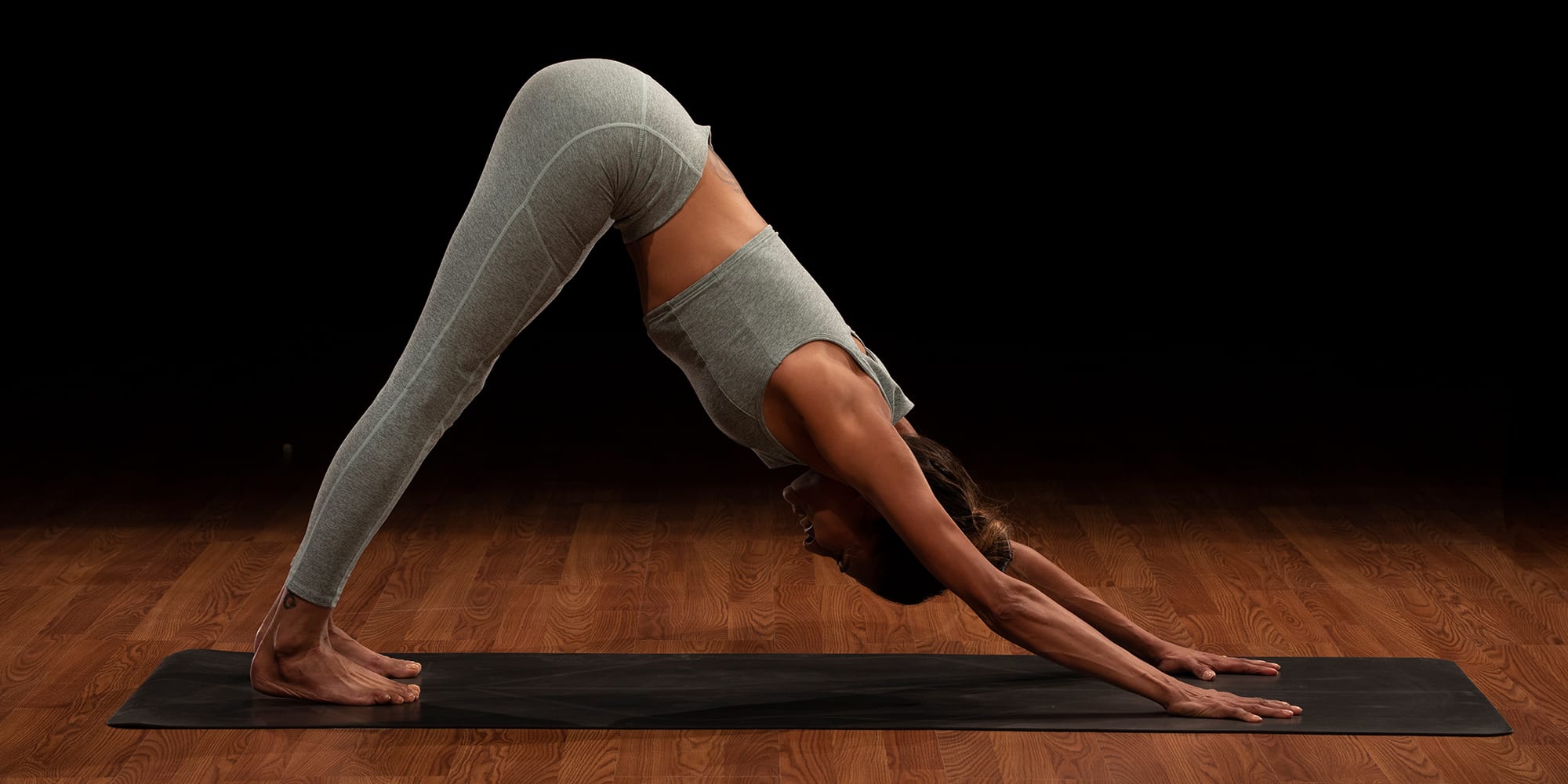
Static stretching is when you gradually stretch your muscles and stay on for a long time. They can be used to improve flexibility and cooling after workouts.
Keep any (or all) in the yoga plex sequence (Lunge, Down Dog, Forward Bend) for 30 to 60 seconds. These movements may be the most effective cooling exercise if you try to deepen each exhale.
However, if you feel nervous in any other muscle group, such as shoulders, take some time to stretch to those parts of your body.
5. Changes in inverted hamstring and groin stretching
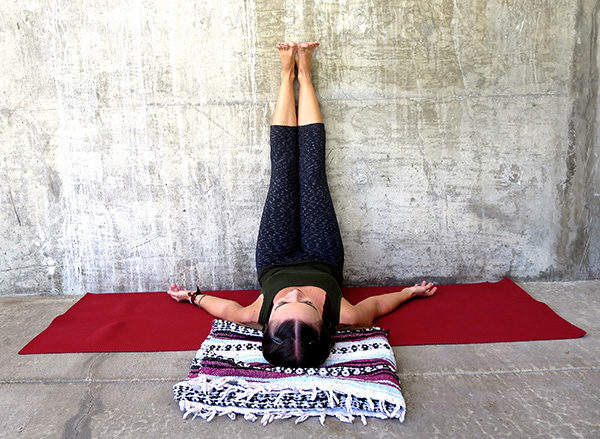
- Place the mat on the floor, one of its edges touches the foot of the wall. Sitting on a mat facing the wall.
- Lying on the mat, lift your legs so that the calves, thighs and the back of the heels are pressed against the wall (it looks like you are “sitting” on the wall with your back on the floor).
- Keep your head, upper back and ac bone in contact with the floor, lean your legs and butt against the wall, straighten your knees and bend your feet as much as possible. (If you can’t lean your butt against the ac bone on the floor, a few inches away from the wall.)
- Keep it for up to three minutes, then spread your legs (as wide as possible), and repeat.
6. Wall-knee rock
- Slide back from the position described above so that you can bend the soles of the shoe feet against the wall and your hips are all bent 90 degrees.
- Slowly shake your knees left and right, stretching your lower back and hips. Continue, slowly left and right for three minutes.
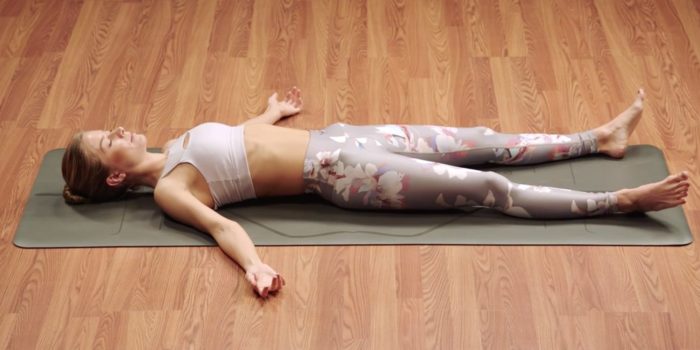
- Lying calmly in a quiet place, close your eyes.
- Focus on breathing, observe the speed and depth of each breath without changing in any way.
- In each exhale, place it deeper on the floor.
- If your mind is wandering, please refocus on your breathing.
- Continue for up to 10 minutes.
8. eGoscue Static Back Cover
- Lying on your back, calves raised on a chair, sofa, Ottoman or aerobic footsteps. There should be a 90-degree angle between the hip and the spine and between the upper leg.
- In a static back position, extend your hands toward the center of your chest.
- Keep your elbows straight, place your arms above your head and try to touch the floor with your thumb.
- Reverse the movement and repeat two to three sets of 20 to 30 times.
- After finishing the pullover, keep the static rear position for five to seven minutes.
Why cooling exercises are important
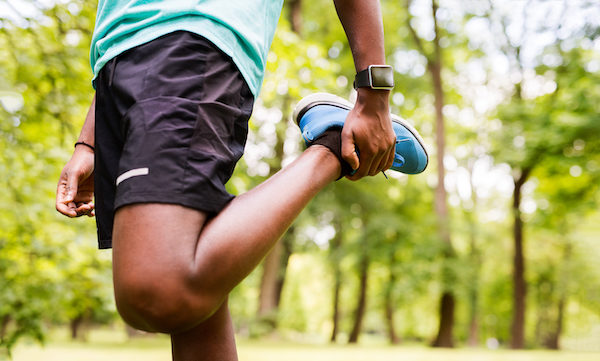
Cooling may not burn a lot of calories or build a lot of muscle, but that doesn’t mean you should skip it. This is an effective cooling time.
1. They recharge your body
Strong exercise increases muscle demand for oxygen. When exercising, fresh oxygenated blood carried by the power of a beating heart pours into your muscles. On the return trip, repeated pumping of muscles drives the deoxygenated blood to your heart and lungs.
When you skip the cooling exercise after the workout, you turn off the muscle pump. This can cause blood to build up in your limbs and may even deprive your brain of oxygen, leading to dizziness and, in extreme cases, loss of consciousness. (If you’ve ever felt dizzy in the shower after a workout, this may be the reason.)
Cooling expands the duration of the muscle pump, pushing blood back to the brain and allowing freshly oxidized blood to return to the muscle.
2. They jump to start recovery
Exercise won’t make you stronger – recover after exercise. Do tough intensity or cardio exercises, as well as your muscles, tendons and connective tissue Minor damage – Microscopic Tears – Your body then fights for repair. After a hard workout, sucking fresh blood into damaged muscles helps to start the process faster, so you can prepare for your next workout.
3. They provide the best window for stretching
Have you ever noticed how quickly the morning squeak disappears after a relaxing walk or a few light stretches? Exercise brings heat and fluid into muscles and connective tissue, making it longer, softer and more flexible. After a intense workout, it’s double.
So there is no better time to stretch your muscles than after a tough exercise. The range of motion in the joint is peaking, so you may be able to stretch further during tough stretching exercises with minimal risk of injury.
4. Reduce stress
Long-term work, family and life stress often puts us in an almost continuous state of “fighting or flying”: slamming the heart, sweating palms, shallow breathing.
Lower your level of effort, focus on deep breathing, slow down your heart rhythm, close your eyes and clear your mind after challenging workouts, which stimulates the opposite, parasympathetic nerves in your nervous system, the “rest, repair and digest” response, i.e. your tension, a deep state of calm that helps us find greater clarity and peace.
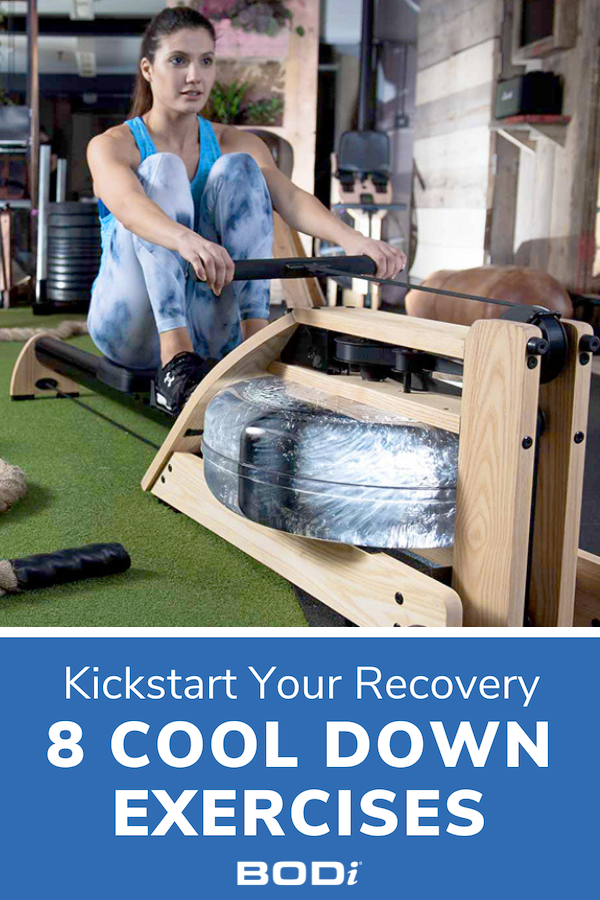
#Workouts #Workouts
Source link
